Why eCommerce Website Performance Matter?

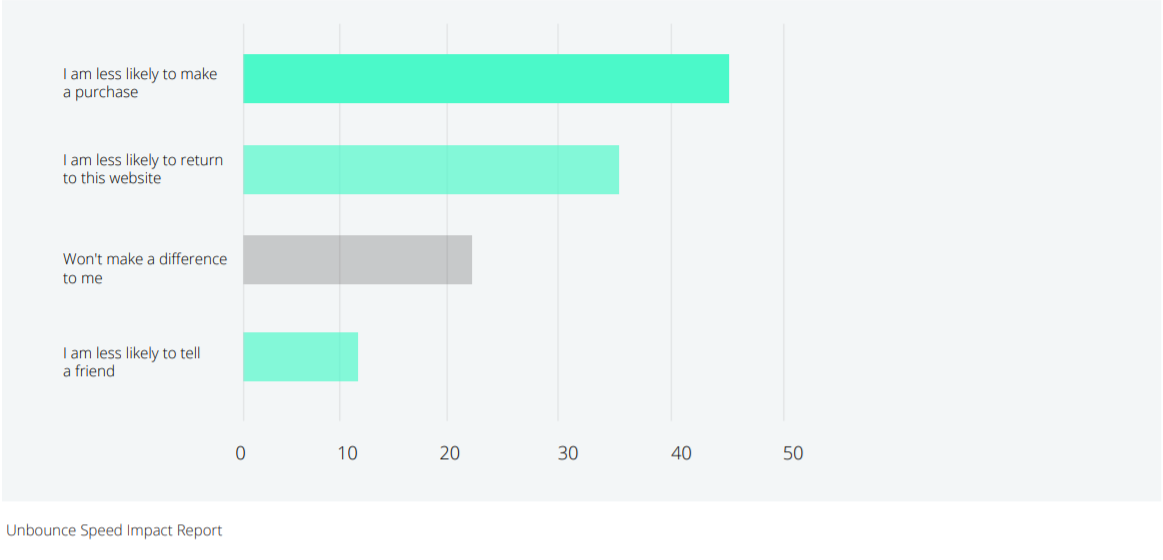
Yeah, even the ones who have stuck with you for years!
But a bad eCommerce performance not only annoys customers but Google as well.
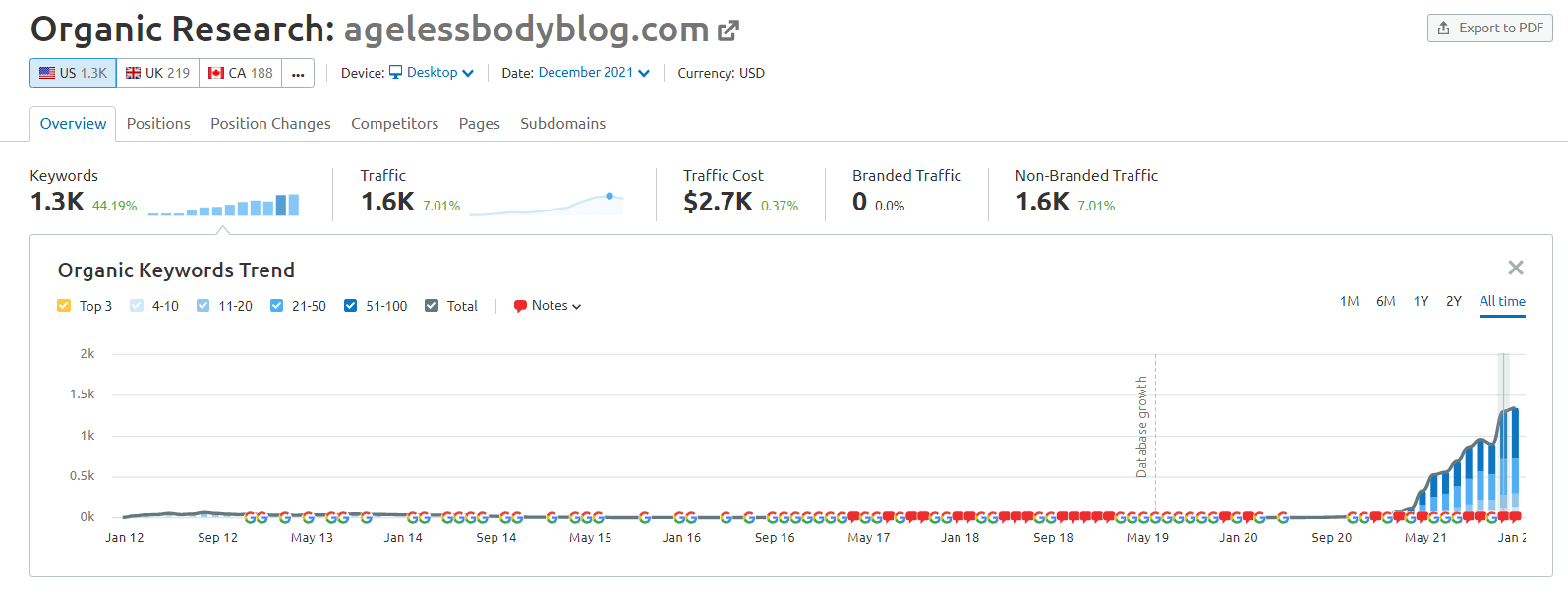
You can see! Google didn’t take the slow site speed very sportingly and dropped traffic by 14% in less than a month. (What 1 second can do to your website)
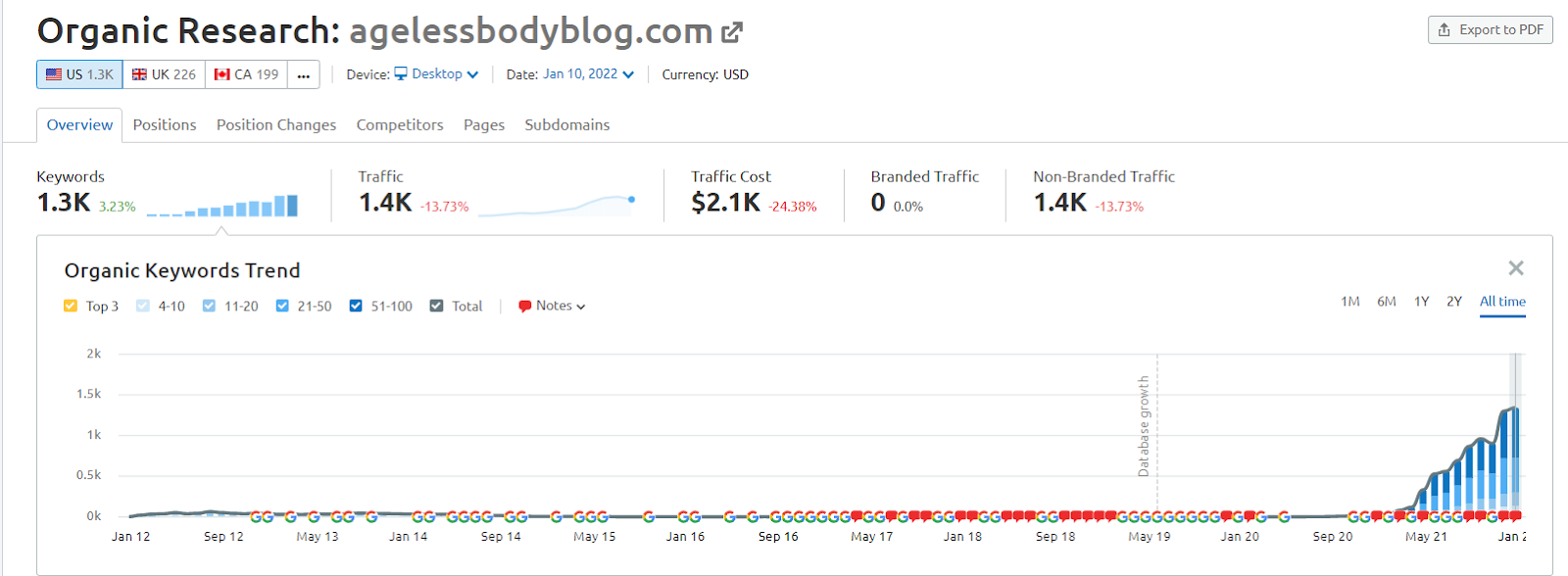
So what we mean by these stats is even slight website maintenance and improvement in speed can affect your brand positively.
Just look at how a fast mobile eCommerce experience can change customer behavior. It’s interesting to see how they’re fine with surrendering traditional needs for a decent mobile eCommerce experience.
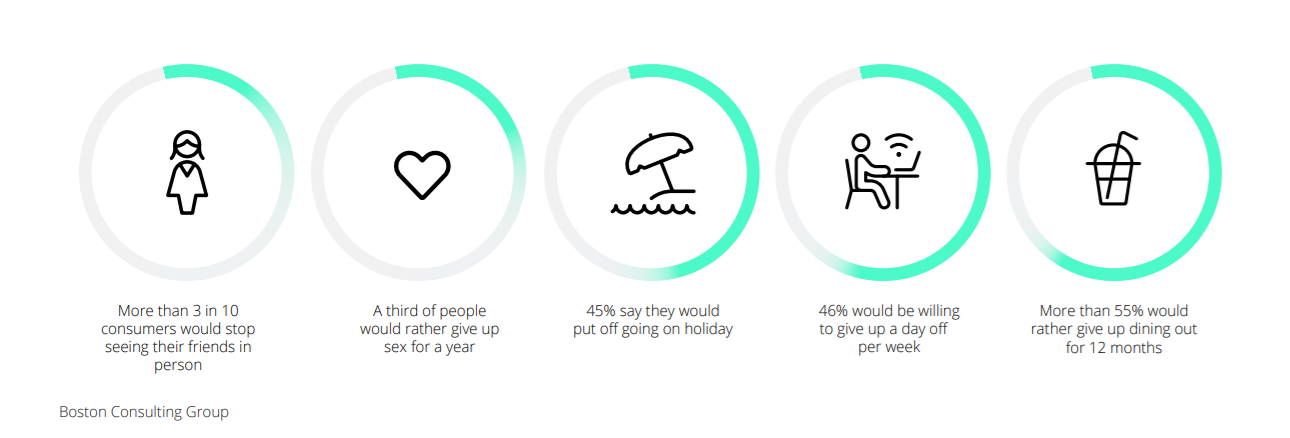
So the crux of the matter is— site speed is important for business! Your website speed affects most of the metrics you use to measure performance.
Bounce rate, conversion rate, engagement rate, and whatnot! A slow eCommerce will affect each one of them. Do you want to know how and why slow website affects all these metrics? Let’s dive in:
Why eCommerce website performance matters #1: Your store speed affects the customer experience

eCommerce experience impacts the bottom line, for good or worse. If you bring load speed from 10 seconds to 3 seconds; 26% of customers are likely to advocate your brand.
The bets on customers’ experience have never been this higher.

The need for speed is directly proportional to the need for experience. For every slowing second and the bad experience, customers hit the back button without interacting with the page.
Why eCommerce website performance matters #2: Increases average spending with speedy funnel progressing rate
When your customers are browsing product pages, it’s crucial you give them faster funnel progression.
One good way to do this is to increase the site speed of product listing pages, product detail pages, & add to cart pages.
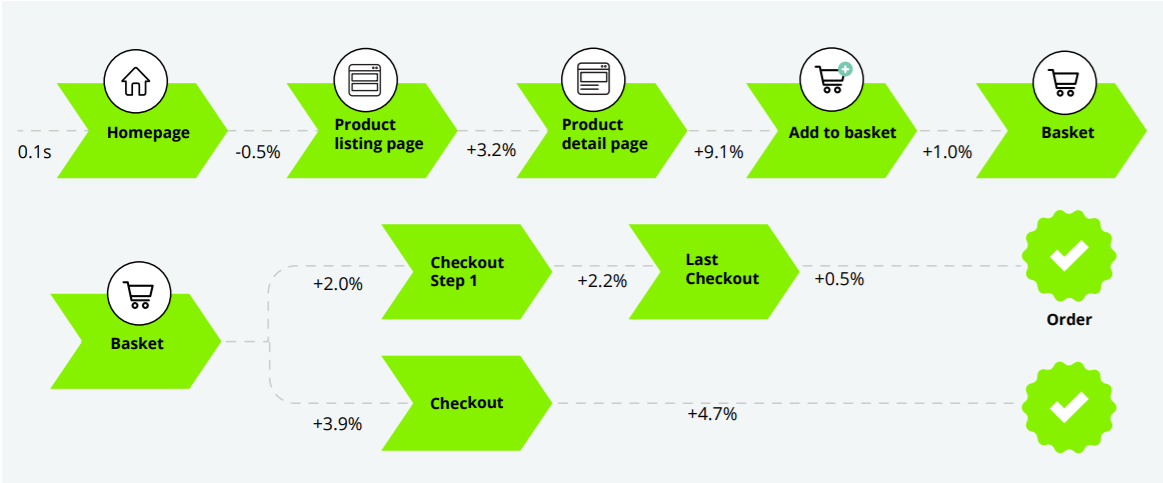
Do you see the above chart? An increase in 0.1s has a cascading effect over the funnel progression. The average spending goes up by 9.1%.
Why eCommerce website performance matters #3: Less bounce rate means more interaction on the store
The bounce rate is high when the users get off your website without interacting with your eCommerce.
Here are some numbers…
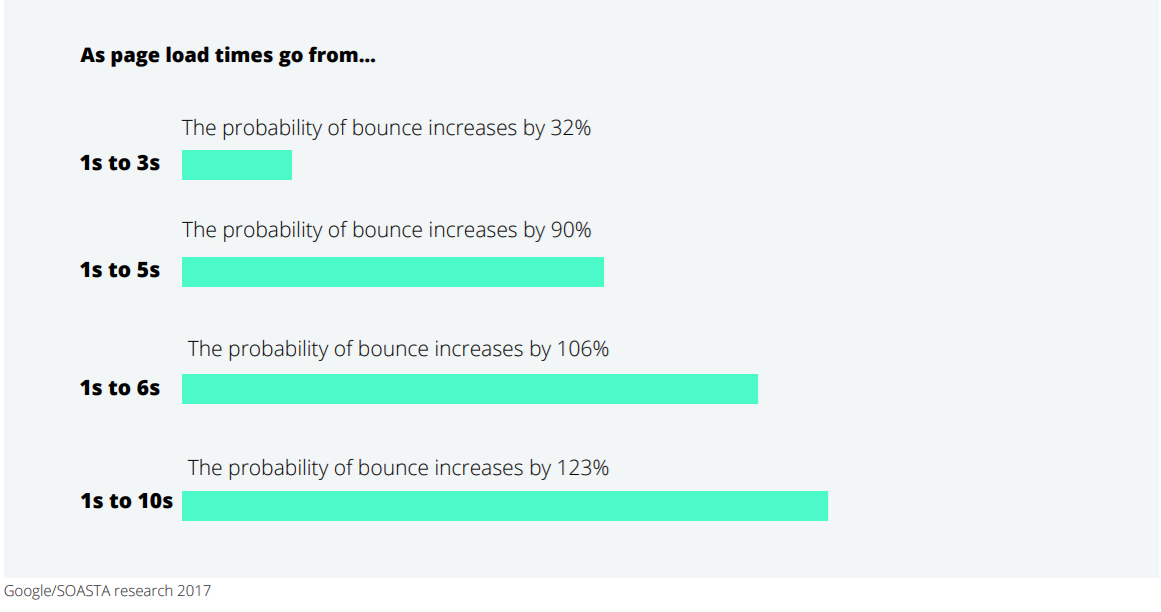
But by improving the site by 0.1s, you can check how the bounce rate goes down by almost 6% for the product listing page. That’s an insane correlation number.
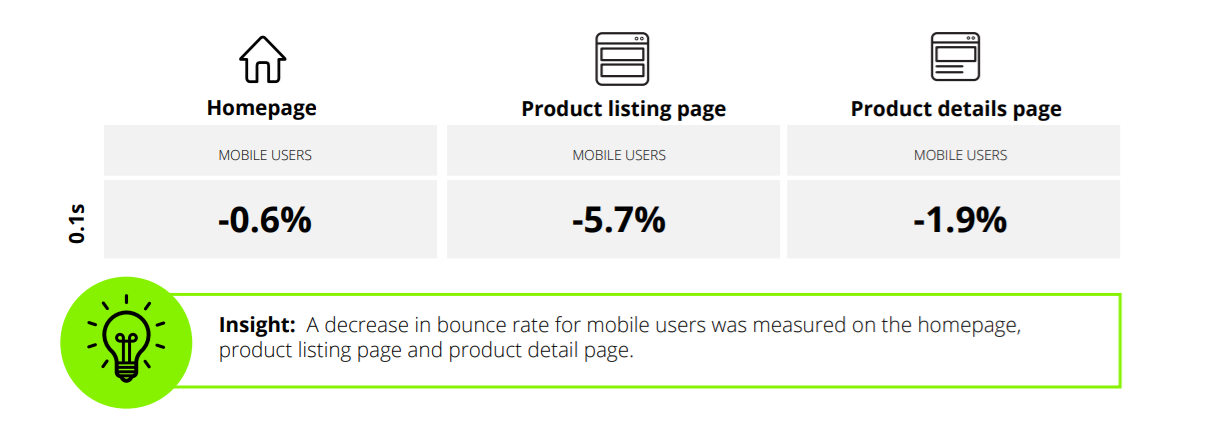
Advantages of low bounce rate
- Low bounce rate = better engagement
- Low bounce rate sends positive SEO ranking signals to search engines
Why eCommerce website performance matters #4: Pageviews/session, conversion rate, & avg. order value— all spiked up

An increase in 0.1s of eCommerce site performance shoots up page views per session, conversion rate, and average value order.
These are important KPIs to measure the success of your eCommerce store.
The positive correlation between speed improvement and these KPIs indicates why you should look to optimize your eCommerce site speed. So try out our Magento 2 performance optimization services.
Why eCommerce website performance matters #5: You preserve search visibility
Since site speed is directly related to user experience, search engines use it as a ranking signal.
A good eCommerce performance leads to a higher engagement rate and conversion. As users spend more time on your page, you also increase the overall dwell time.
Google considers these metrics and rewards you with higher page rankings.
Why eCommerce website performance matters #6: Your paid campaign makes sense
Unlike the yesteryears, you can’t have a slow website and still manage to top-load your ad on search engines. Today, every PPC agency focus on quality score for any paid campaigns they launch..
Google is likely to rate your eCommerce landing pages based on user experience. If it finds you relevant to the search term and experience that you match the intent as well speed— Google will assign a high-quality score.
Another advantage of a high-quality score is you pay less for the clicks. Didn’t get it? So if your eCommerce page’s quality score is high, you might end up paying less than your competitors. It’s itself a victory, to begin with.
Note: These stats are for retail eCommerce. They may vary within the niche and more importantly within industries.
How to increase eCommerce website performance?
- Activate browser caching
- Use lighter themes such as Hyva
- Minify codes
- Compress all the visual resources
- Use a content delivery network (CDN)
- Optimize media files
- Use HTTP2 and minimize HTTP requests
- Implement lazy load
- Use the right web hosting services
The final call
The only reality is— speed matters. Milliseconds make millions as they increase
- Revenue
- Trust
- Brand perception
- Word-of-mouth marketing
You can call them some of the pillars for your eCommerce business growth. You’d want to increase site speed because every other metric is directly or indirectly linked with it. Check out our services as they will help you optimize your performance via use of progressive web apps development and other headless technologies.






Post a Comment
Got a question? Have a feedback? Please feel free to leave your ideas, opinions, and questions in the comments section of our post! ❤️